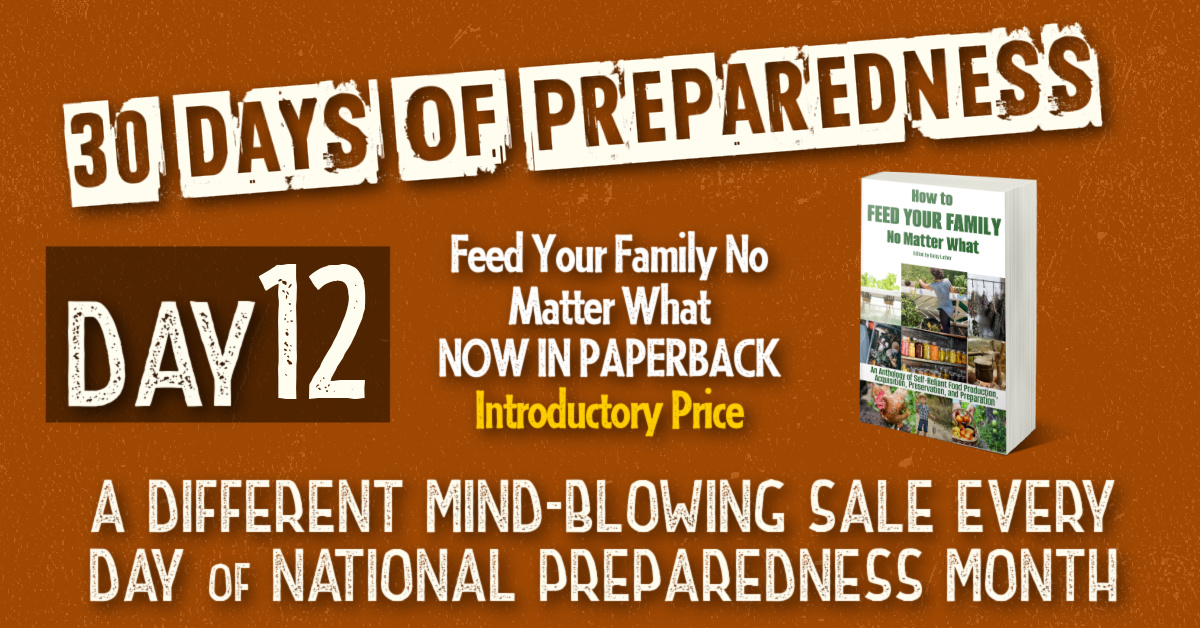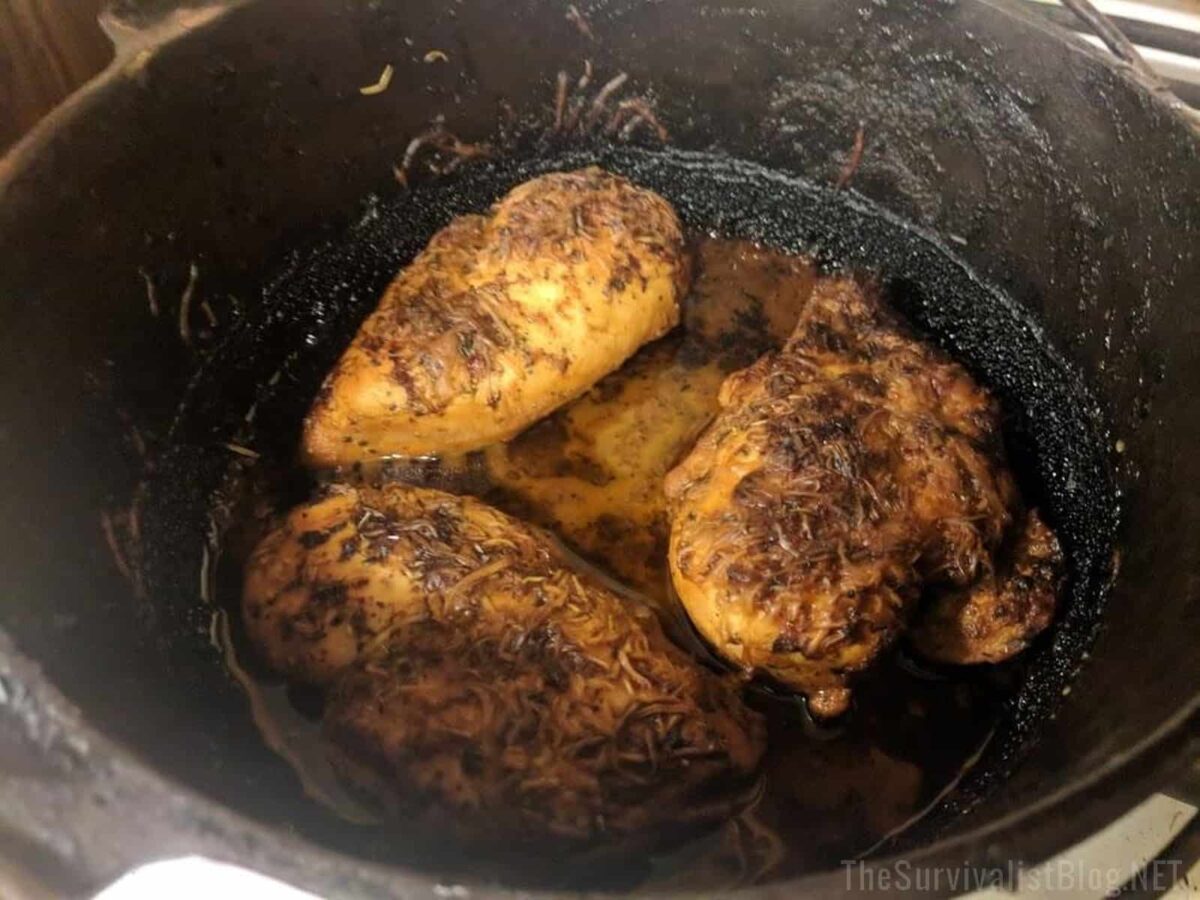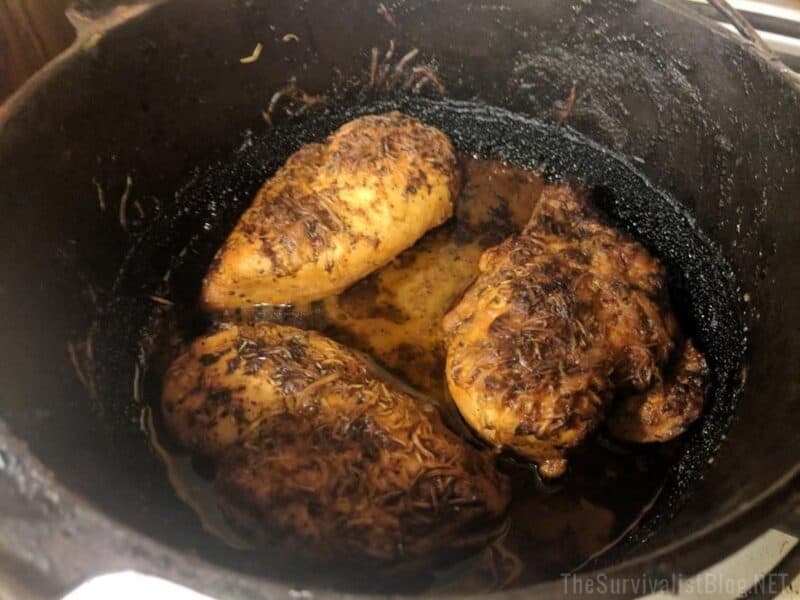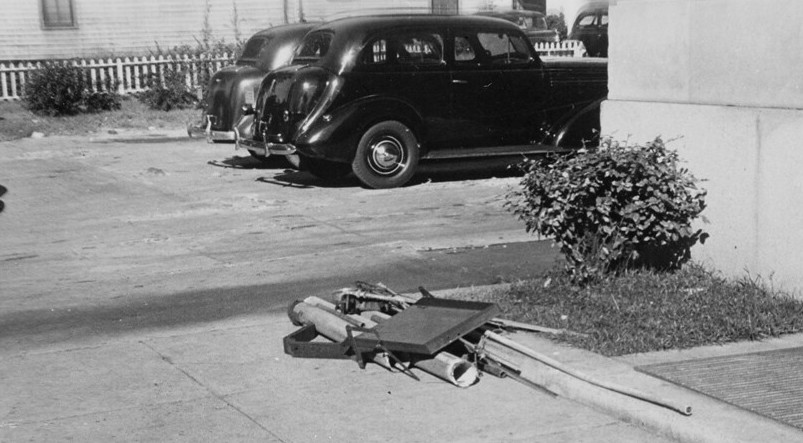Introduction
With my talk, I would like to accomplish three goals:
First, I want to explain some sound and time-tested basics of monetary theory.
Second, I would like to point out why it is important to have a free market in money; that the battlefront of our time is not between, say, bitcoin, stable coins, gold, and silver, but between government-monopolized fiat monies and a free market in money.
And third, I hope to strengthen your conviction that we need a free market in money! Unless we succeed in ending governments’ money monopolies, I fear we might end up in the most sinister tyranny the world has ever seen.
On the Subject of Money
Let me ask you: What is money? The answer is: Money is the universally accepted means of exchange.
As such, money is a good like any other.
What makes it really special is that money is the most marketable, the most liquid of all goods in the economy.
Money is no consumer good and no producer good. It is the exchange good; it is a good sui generis.
What functions does money have? According to most economics textbooks, the answer is that money has three functions: it is means of exchange, unit of account, and store of value.
Upon closer examination, however, we realize that money has just one function, and that is as a means of exchange.
The unit of account function and the store of value function are merely subfunctions of the means of exchange function of money.
This is easy to understand: The unit of account function expresses the exchange ratios of goods and services in money; for example, 1 apple costs 1 euro.
The store of value function (which can also be termed as the means of deferred payment function) indicates that people hold money to exchange in the future rather than today.
Money is an indispensable tool in an advanced economy characterized by the division of labor and trade.
It serves as a common denominator, a numeraire for all goods prices. It thus allows for the calculation of the returns on the various alternatives of economic activity.
In a complex economy, only monetary calculation can allocate resources to their most productive uses—that is, uses that satisfy consumer demand best.
Today’s modern, advanced economies could not exist without using money for economic calculation.
The Value of Money
An economy becomes richer if more producer and consumer goods are available. However, this does not apply to money. Why?
Money, which has only use value, derived from its purchasing power, is a good, and as such, determining its value falls under the law of diminishing marginal utility.
What does this law say? It says (1) a large supply of goods is preferable to a smaller supply of goods, and (2) the marginal utility of any additional unit of a good decreases.
So an increase in the money supply in the economy reduces the marginal utility of the money unit compared to other goods. As…
Continue reading











